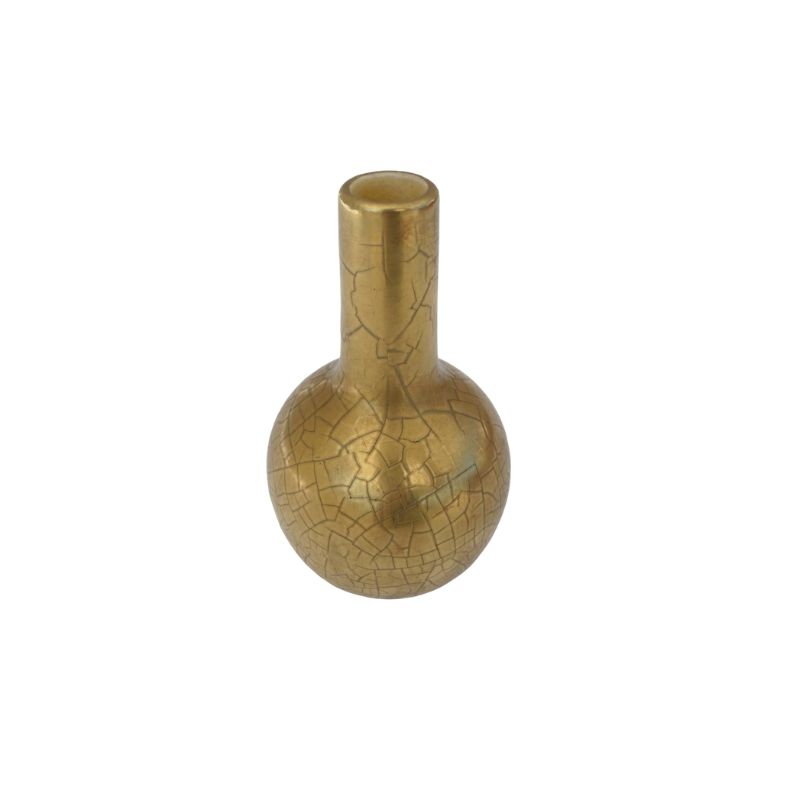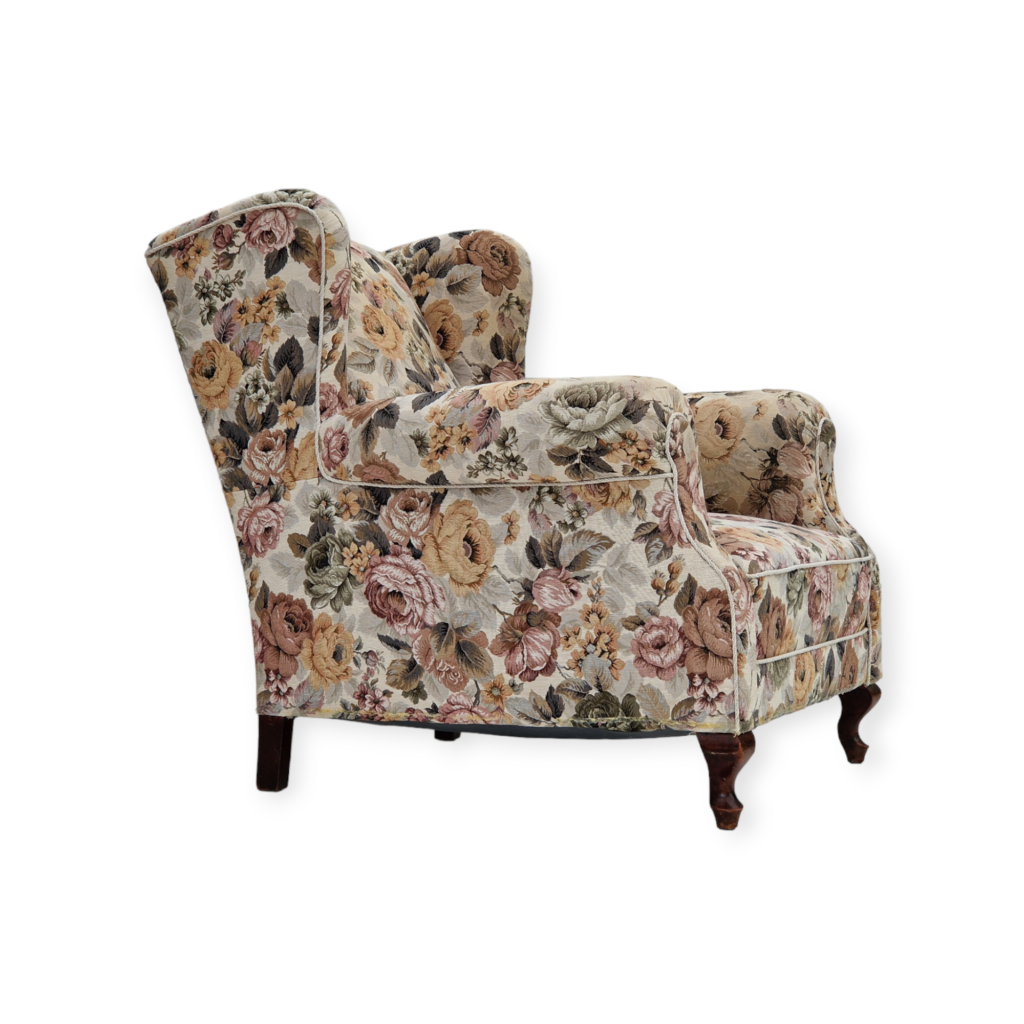So i found and bought a paul mccobb drop leaf table today for the whopping total of 35$ from a big thrif mall. unfortunately, there were no chairs or any other items from the collection. the projects are starting to pile up on me and the cold weather is fast approching. sigh. but here we go. the table has been poorly painted black, but under the chipping paint is more black. there are versions of this table that are ebonized correct? my big issue with the table is that a few of the planks are seperatng and looking at them, they are grooved with a side profile to fit each other so i dont want to rip them apart with my table saw and reglue as that doesnt seem right. whats the proper way of doing this or should i just refinish the wood and leave it at that. on a side you, you gotta love roof racks <img class="wpforo-default-i
<img class="wpforo-default-i
The only permanent fix would be to rip, joint, and re-glue. Biscuits or splines will help to align surfaces, but, if you're planning a clear finish, the square joint will show on the edges. If you're going to repaint black, you could just fill with PC-7 beforehand and call it good.
thats what i was fearing it would come down to, as i am not much for the black finish.
i feel like due to the groveing on the plank glue up that a simple single rip would not be enough as the whole joint would need to be removed? which means prob a 1/4 inch of material needs to be taken off?
It looks like this happened from exposure to a lot of water.
It is my experience with this sort of thing that the planks will either be loose enough to wiggle apart, or the glue line is still strong and it is an "inactive" problem, assuming you don't put the table in the shower. And then you can patch the cracks via whatever method you like.
Also, so, you could rip apart the joints on the saw, acquire router bit with a similar profile, re-joint, and then add another plank of the same species to the table to bring it back full width. It will never be a museum specimen, but I would feel happy that this technique was respectful of the designer's and maker's intent with the table.
Pony issue I see with ripping and re-jointing is the mark is on a joint. So perhaps just patch that joint and rebuild the rest?
i think it is inactive as the tabletop is very study and there is no movement or wiggle of the planks,
iam gonna strip all the paint off and see where that leaves me as if the top is heavy stained or anything i might just fill the cracks and paint again but hope it doesnt come to that.
at 35$ with damage was it a good price? perfect table for a young person like me that only needs a 2 person table with option of having more. I have a pair of risom webbed chairs that will go with it with will look nice i think
Leif, end checks happen. Wood moves with the seasons, but moreso near exposed end grain. Eventually age and exposure causes loss of elasticity as the bonding lignin hardens and fails under the stress of shrinkage. Excessive UV or extreme swings in temperature and relative humidity can accelerate this process.
Some careful furniture makers try to anticipate this by matching individual boards by growth-ring orientation and/or by "springing" joints in large glued-up panels like tabletops. Unfortunately, Winchendon wasn't all that picky about the lumber they used. The Planner Group was wildly popular as a mass-produced affordable line and, from what I've seen, there wasn't much care taken to match the width, grain, or color of the boards used in even the most visible components.
tktoo: Exactly, and I think it was accelerated by water in this case. My experience indicates that a large amount of water (a long time in the rain, submersion, etc) causes PVA and UF glues (probably all of them) to weken at the joints, and then, when dry the wood shrinks and the first thing to give is the softened glue joint.
I salvaged a few pieces of furniture that were left outdoors and this is the sort of damaged they showed, One tablet had progressed to the point where the laminations where weak enough that wiggling the joint for a couple minutes would work it completely apart. The other hadn't gotten that bad, and looked roughly like this one.
Sorry no photos, this was a few years back...
Some careful furniture makers try to anticipate this by matching individual boards by growth-ring orientation and/or by "springing" joints in large glued-up panels like tabletops. if you're planning a clear finish, the square joint will show on the edges. If you're going to repaint black
I hope you have access to a fully equipped woodshop or had invested in some clamps. I did restore a busted Planner Group desk top with an original dark walnut finish and ended up needing several clamps of varying sizes to keep the joints tight and the surface/desk top completely flat while the glue dries. I also had to make strips of wood that has the same chamfered edge as the top to use in the clamping process. You might also have use a belt sander (depending on the result of your gluing process) before doing the final sanding on your table top.
Not knowing exactly the extent of your table damage, it is preferrable to keep the repair to just the damaged part of the table unless complete refinishing/restoration is what you want to do. Good luck.
Good luck indeed. Did you say, defeliciano, ". . . as i am not much for the black finish." ?
I wouldn't care too much if the table lost an inch or more in width, if I was repairing it for everyday use. It is unfortunate that the impressed mark occurs at a joint -- careless of the maker, I'd say.
And the least important feature of the table, I'd say, is the appearance of the specially-milled joint at the ends of the planks -- this wasn't a "design feature," I'm sure !
Maybe it's fine as it is -- minus the extra layer of paint ? I don't much care for the idea of filling the end checks.
Biscuits (Lamellos, I still call them) for alignment (they don't even have to be glued, but be sure they fit snugly -- loose biscuits are useless, but they can be fattened with the addition, in advance, of moisture) and a well-prepared flat and straight and square edge, will assure a nice glue-up -- and not require the use of the belt sander, we hope. Clamping can be accompaned by some flat cauls clamped in pairs to the faces of the boards during glue-up, to assure flatness.
Some meranti I bought a few years ago, for use in a deck, developed mini-checks at every cut end. A note to encourage the immediate coating of freshly-cut ends was stamped onto the bill of sale . . .
I'd probably save stripping and refinishing until after re-gluing. What would you say -- a pint of India ink ?
I would love to see your update on this. I am in the same boat - I bought a badly painted PM dropleaf. I have the same separating issue on one of my leafs (leaves?), so it seems like a design issue.
I was planning to just level it as much as possible with the ROS in hopes that I could refinish it with a medium stain. If you feel like posting your outcome, I'd love to hear about it. 🙂
Also, I got mine for $25, and I think anything under $50 is a good deal if you are buying it for personal use. I love the style but couldn't spend more than $100 on a piece of furniture right now. Sometimes the character added or the need to refinish is just another detail that makes it an heirloom.
If you need any help, please contact us at – info@designaddict.com









